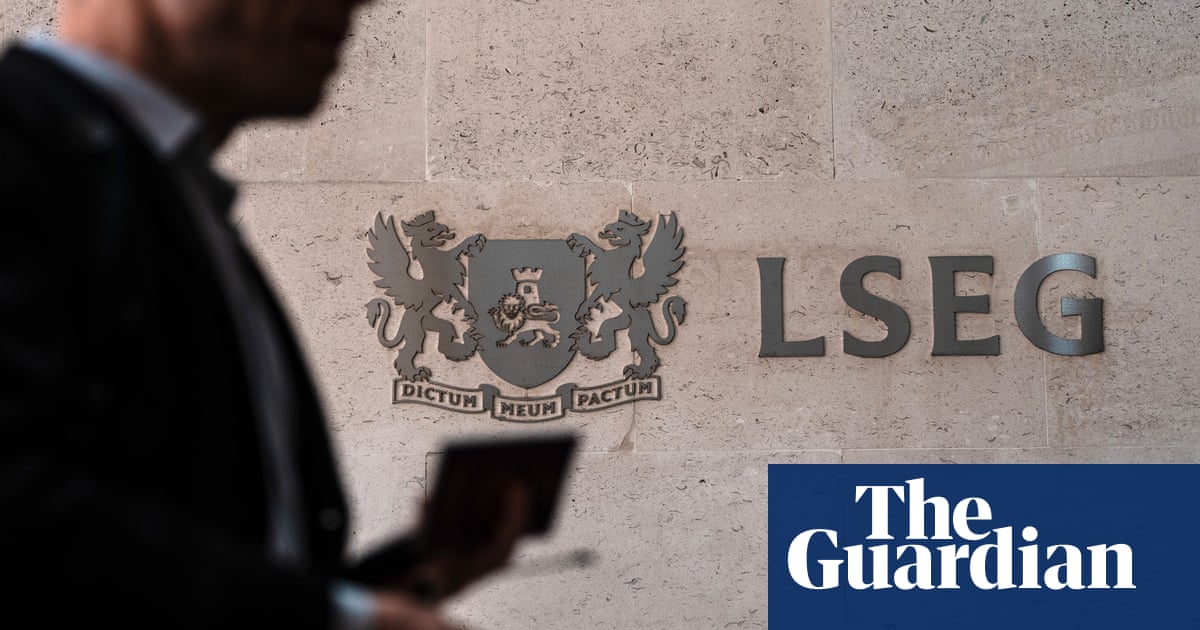Markets on both sides of the Atlantic rose on Friday after hiring in the US slowed less than expected in April, offering a glimmer of hope that the world’s largest economy was in a better-than-feared position to withstand the fallout from Donald Trump’s tariffs.
On Wall Street the S&P 500 was up 1.5% and theDow Jonesrose 1.3% by early afternoon on Friday, while European markets closed sharply higher after official figures showed the US workforce grew by 177,000 last month.
It was a slowdown compared with March – when 185,000 jobs were added – but was better than the 130,000 expected by economists.
In the UK, the FTSE 100 closed 1.2% up at 8,596, marking its longest-ever winning streak and the 15th day in a row of gains. Germany’s Dax rose 2.5% and France’s Cac by 2.3%, building on earlier gains after reports thatBeijing was considering trade negotiations with Washington, raising hopes of easing tensions.
TheFTSEhas now recovered almost all of the losses from early last month, when Donald Trump’s announcement of sweeping tariffs sent global markets plummeting over fears of a trade war.
Susannah Streeter, the head of money and markets at Hargreaves Lansdown, said: “The FTSE has surged higher, racing into a record winning streak, as fresh optimism pulses through markets.”
She said the jobs report “added to hopes that the world’s largest economy is in a more resilient position to withstand the fallout from Trump’s tariffs. Expectations for a further easing in the standoff between the US and China have been high with a feelgood factor dominating Friday trade”.
As the White House pressed ahead with sweeping tariffs on overseas imports, claiming this would revitalise theUS economy, employers across the country continued to add jobs at a steady pace in April and the unemployment rate was unchanged at 4.2%.
Sign up toBusiness Today
Get set for the working day – we'll point you to all the business news and analysis you need every morning
after newsletter promotion
However, while April’s hiring was stronger than predicted, the Bureau of Labor Statistics (BLS) shaved 58,000 off its previous tallies for February and March’s gains. April’s largest hiring gains were in healthcare, and transportation and warehousing.
Federal government employment declined by 9,000 in April as the Elon Musk-led “department of government efficiency” continued to cut government workers. Federal employment has fallen by 26,000 since January. The BLS noted that the number undercounted how many jobs had been lost as they did not include people on paid leave or those receiving severance payments.
